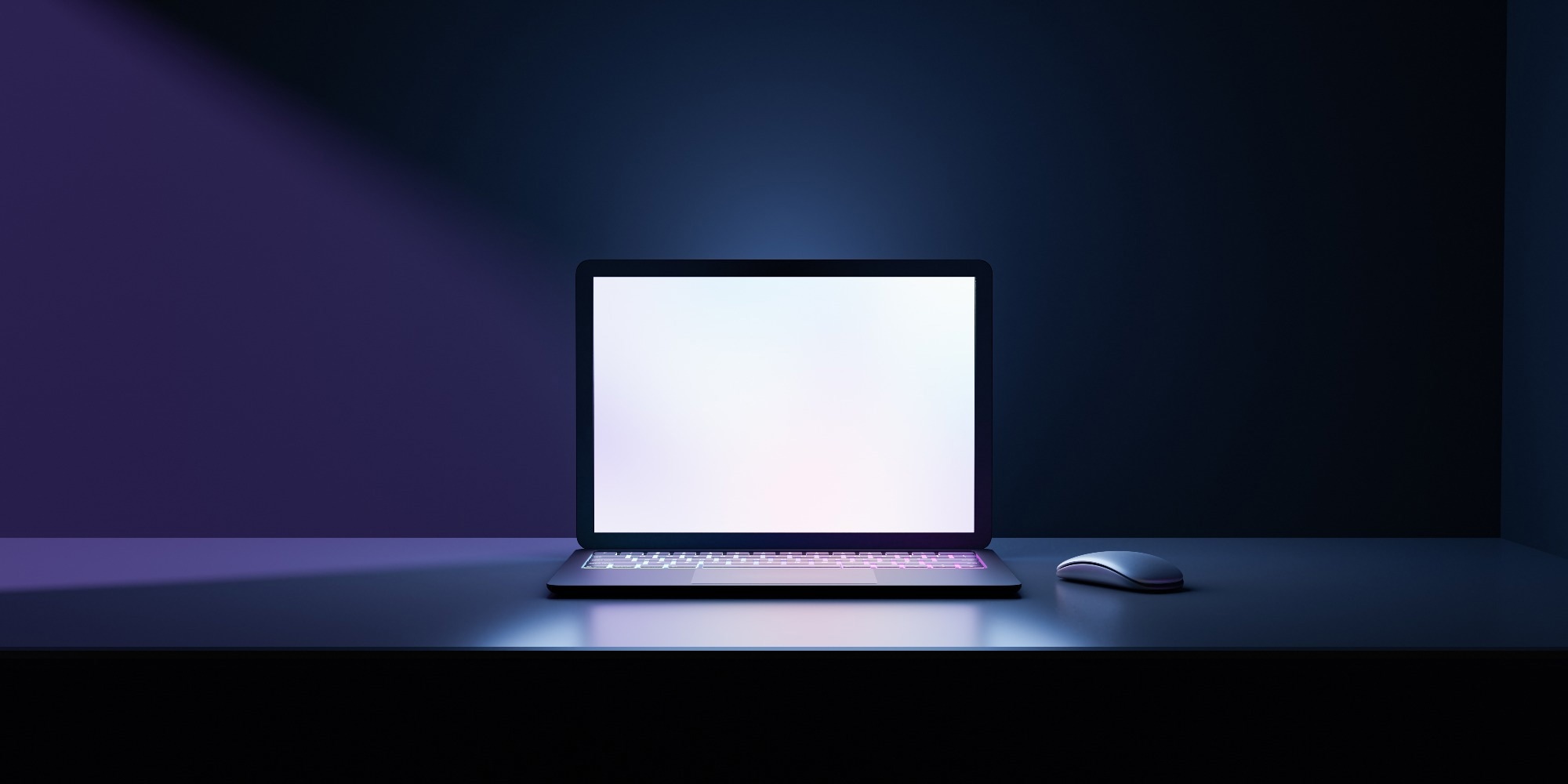Can light exposure behaviors predict chronotype, sleep quality, mood, memory, and concentration?
In a recent study published in Scientific Reports, researchers aimed to understand the influences of Light Exposure Behavior Assessment (LEBA) categories on chronotype, mood, sleep quality, memory, and concentration.

They carried out a cross-sectional, fully anonymous online survey on Malaysian residents aged ≥18 with English reading and writing abilities and no physical and mental disorders. The 15–20-minute survey was conducted between April and November 2022.
Background
LEBA is a tool that categorizes light exposure-related behaviors into five types, the predisposition to wearing blue light filter glasses indoors and outdoors; spending time outdoors; using cell phones before sleeping; controlling environmental light before going to bed; and using electric light for example LED, or dawn-simulating light.
Through its spectrum properties, wavelength, and illuminance, light influences human physiology and behaviors, a phenomenon referred to as non-image-forming responses (NIF) of light.
Thus, people should actively seek or avoid certain types of light exposure and develop a healthy light diet to promote health, wellness, and work performance. However, many people hamper their health due to limited knowledge regarding these light exposure-related behaviors, e.g., daytime exposure to electric light and nighttime use of gadgets.
About the study
In the current study, researchers used the theoretical framework of the partial least squares structural equation modeling (PLS-SEM) on data gathered from 301 Malaysian adults to predict direct effects (DE) of LEBA categories on mood, sleep quality, memory, and concentration. Additionally, they predicted the total effect of LEBA categories on sleep quality, memory, and concentration.
To this end, the team asked all the study participants to complete other questionnaires and tests evaluating their memory and concentration, sleep quality, etcetera, for example, the Morningness-Eveningness questionnaire and Pittsburgh Sleep Quality Index (PSQI).
The predictive model had a measurement and a structural model. The former model assessed indicator quality, reliability, and validity of the latent variables used in the model, whereas the latter focused on collinearity and the relationship between the explanatory and predictive power of those latent structures.
Results
The study cohort comprised 301 participants, of which 218 (72.43%) were female aged 18 to 59. Over 70% of participants were students and of intermediate chronotype. Preliminary analyses by the PLS-SEM model uncovered the effects of several LEBA categories (B1 to B5) or light-exposure behaviors, such as using blue light filters less often, spending less time outdoors, and using mobile phones in bed before sleep, on an individual's sleep quality, concentration, and memory.
Blue light filter use (LEBA B1) directly influenced the peak time for different bodily activities. Its lower and higher usage during the day and night, respectively, especially more usage an hour before going to sleep, led to a circadian phase advancement; thus, the body came into action before the usual time (DE = −0.21).
Intrinsically photoreceptive retinal ganglion cells (ipRGCs) are a group of photoreceptors sensitive to blue light. They receive signals from the blue light and transmit them to the suprachiasmatic nucleus (SCN) to align the body's inner rhythm with the astronomical cycle. Hence, lack of blue light exposure during the day, especially morning, and more exposure at night misguides the circadian rhythm.
Spending time outdoors (LEBA B2) had a positive direct effect on mood (DE=0.33), indicating a possible association between exposure to outdoor light and a circadian phase advancement (DE: rising time = 0.14, peak time = 0.20, retiring time = 0.17).
The effect of LEBA 3, i.e., increased use of cell phones before night sleep delayed circadian phase, and reduced sleep quality, with DE: retiring, rising, and peak times = −0.25; −0.23; −0.22; morning effect = −0.12, and DE= 0.13. Additionally, it harmed memory and concentration, with respective total effects of 0.20 and 0.23, respectively.
On the contrary, the increased use of electric light in the morning and throughout the day (LEBA B5) enhanced sleep quality and predicted a circadian phase advancement. However, controlling the light before bedtime (LEBA B4) did not affect emotion, sleep quality, and cognition.
Most importantly, increased morning affect predicted less trouble in memory and concentration; however, this relationship seemed complex and worked alongside several other factors.
Conclusions
Overall, all the constructs used in the study model exhibited acceptable reliability and validity. At 72.72% predictive power, they revealed varying effects of all five LEBA categories on circadian rhythm, sleep quality, and mood. Together, the study findings could help devise a healthy light diet to promote health and wellness.
- Siraji, MA, Spitschan M, Kalavally V et al. (2023). Light exposure behaviors predict mood, memory, and sleep quality. Sci Rep 13, 12425. doi: 10.1038/s41598-023-39636-y. https://www.nature.com/articles/s41598-023-39636-y#
Posted in: Device / Technology News | Medical Research News | Medical Condition News
Tags: Cell, Circadian Rhythm, Diet, Ganglion, Physiology, Sleep, students, Wavelength

Written by
Neha Mathur
Neha is a digital marketing professional based in Gurugram, India. She has a Master’s degree from the University of Rajasthan with a specialization in Biotechnology in 2008. She has experience in pre-clinical research as part of her research project in The Department of Toxicology at the prestigious Central Drug Research Institute (CDRI), Lucknow, India. She also holds a certification in C++ programming.


